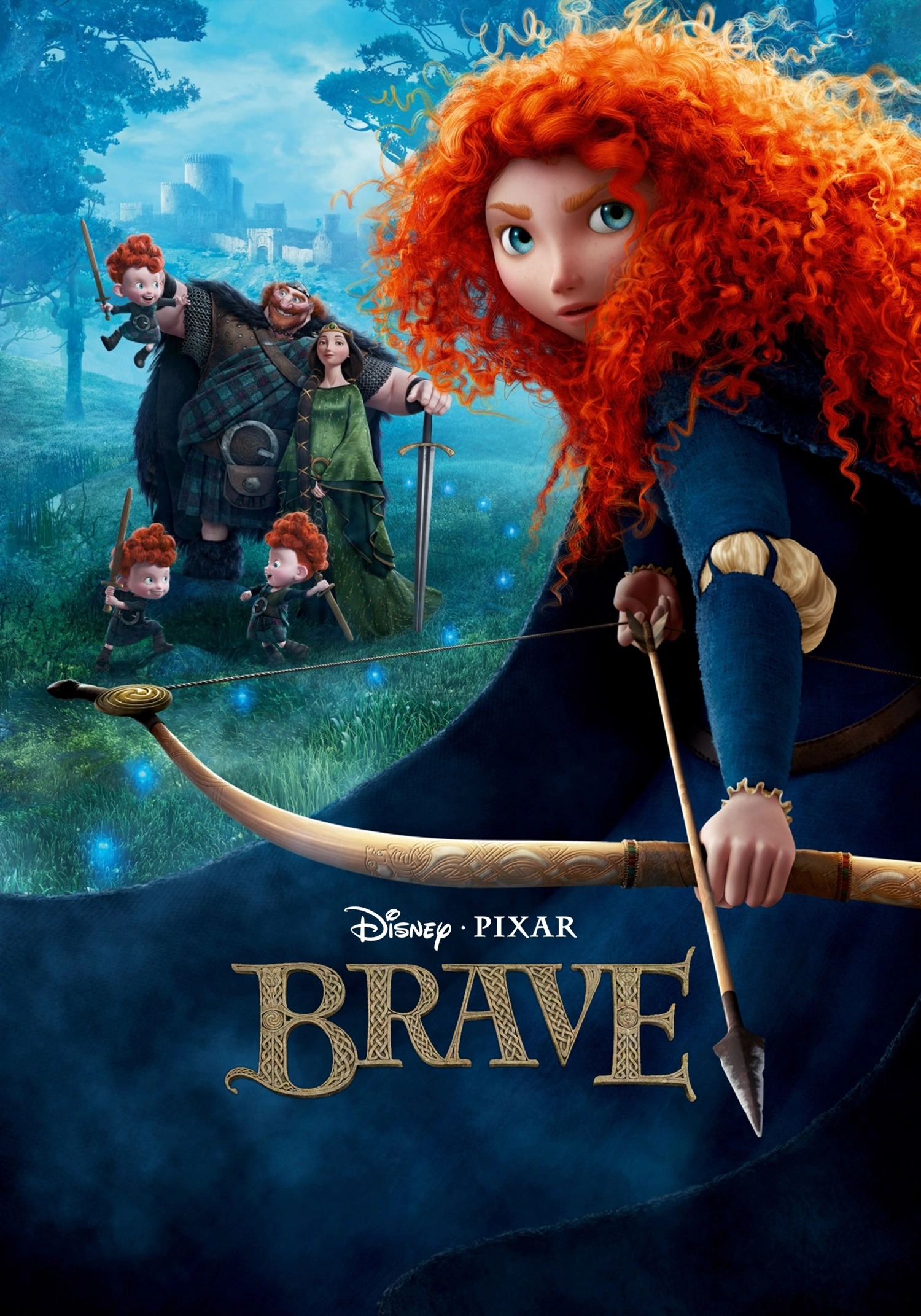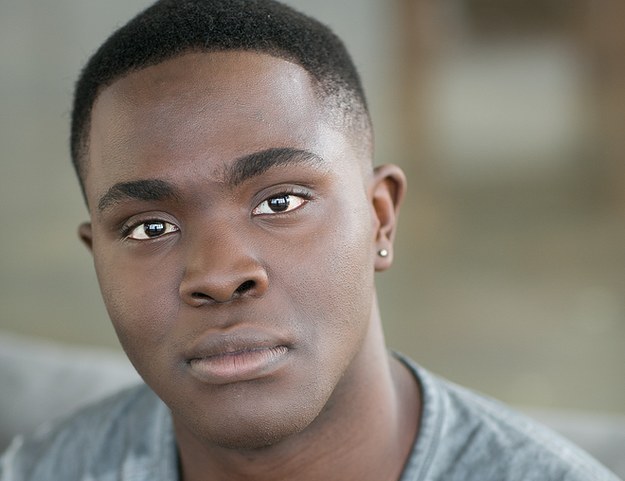Trigger warning for discussion of Rape.
For as long as I can remember I have been an extremely avid reader. I’m always interested in how books are adapted to the screen, whether that be in movies or television shows.
Game of Thrones is the wildly popular television series based on the book series A Song of Ice and Fire by George R. R. Martin. In the early seasons of the television series, it stuck to the source material faithfully for the most part. Minor changes were made of course, but the source material was well utilized.
However, the most recent season of the show departed from the source material significantly. Season 5 included one of the most talked about episodes in television, the one where Sansa Stark was raped in her childhood home.
First, it is worth noting that in the books, Sansa is nowhere near her home, Winterfell. She is doing some very cool political things in The Vale, which is quite far from where she is in the show. Her political arc was cut from the show.
There is a minor character in the books, Jeyne Pool, who does go to Winterfell and is assaulted by Ramsay Bolton on their wedding night. The point of view character who witnessed this horror in the book was Theon Greyjoy. The assault is used in the books to highlight how awful the Boltons are and to explore Theon’s suffering.
In the episode, season five episode six in case you’re wondering, Sansa takes the place of Jeyne Pool and marries Ramsay Bolton. Why? There really isn’t a good reason. Sansa already has a claim to the North as per her Stark blood. Ramsay Bolton is a known savage, prone to skinning those who displease him. There was no logical reason that Sansa the character needed to marry Ramsay.
Moreover, there was no logistic reason to include this story line at all! The political moves Sansa is making in the Vale in the books are both important to her character growth and to the overall story. The only character this decision served was Theon Greyjoy.

While the audience heard Sansa scream in horror as she was being violently raped, the camera pans to Theon’s crying face. This undeniably highlights that this is his story, not hers. Sansa was brutalized essentially to serve the characterization of Theon.
Now, there is something to be said about portraying sexual violence in fiction. It is important and it can be done effectively.
However, the way to do that is not to pan to a male characters face and focus on his pain while a main female character is being raped.
A Song of Ice and Fire covers the sensetive topic of sexual violence well. One would be hard pressed to write a medieval style war torn setting realistically without discussing sexual violence. The books cover the topic well. It is clear that the narrative condemns sexual violence and those who perpetrate it.
On the other hand, the show uses sexual violence for the shock factor. The show creates what amounts to suffering porn with the victimization of the female characters. Ultimately, the show fails at successfully adapting the source material because they use things like rape for shock value, whereas the book uses rape to provide a nuanced critique of societies and situations that allow this to happen to women.
Resources:
http://www.vanityfair.com/hollywood/2015/05/game-of-thrones-rape-sansa-stark
http://www.themarysue.com/we-will-no-longer-be-promoting-hbos-game-of-thrones/
https://litreactor.com/columns/jessica-jones-vs-sansa-stark-rape-culture-in-entertainment




